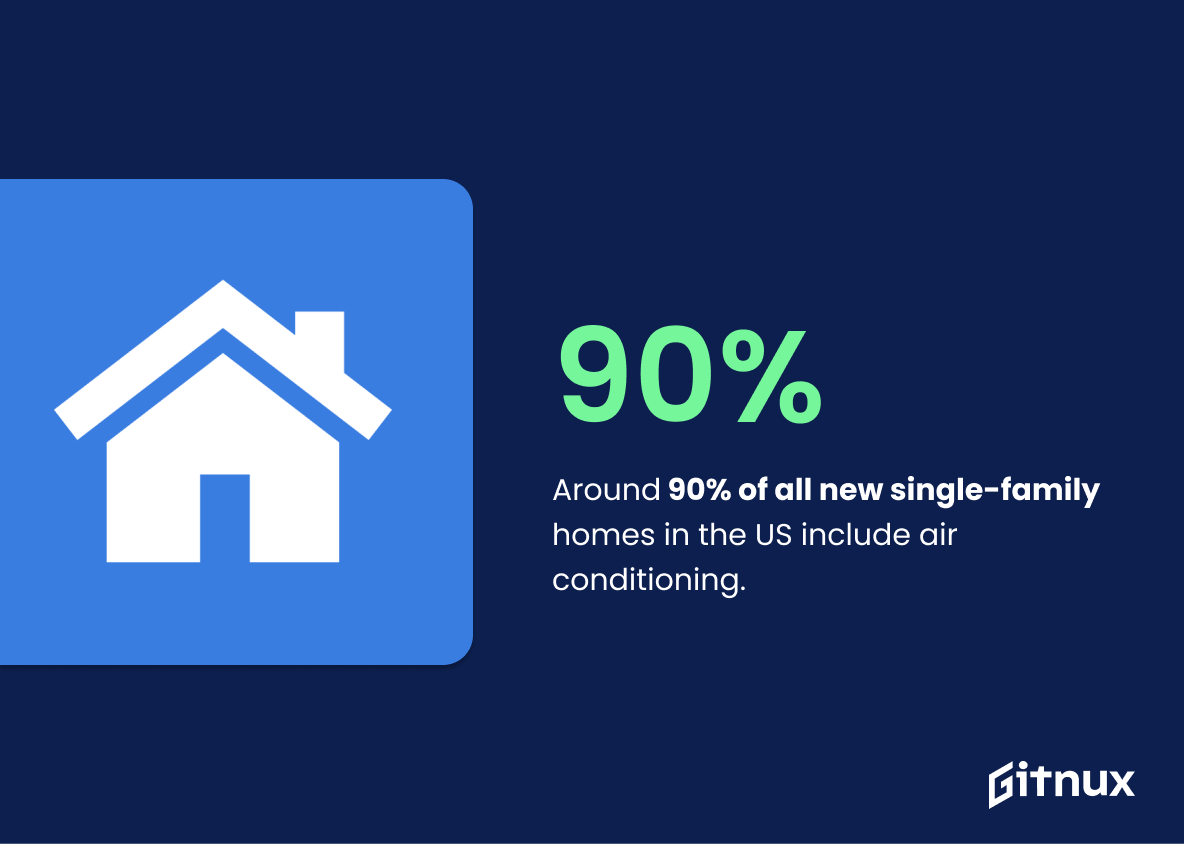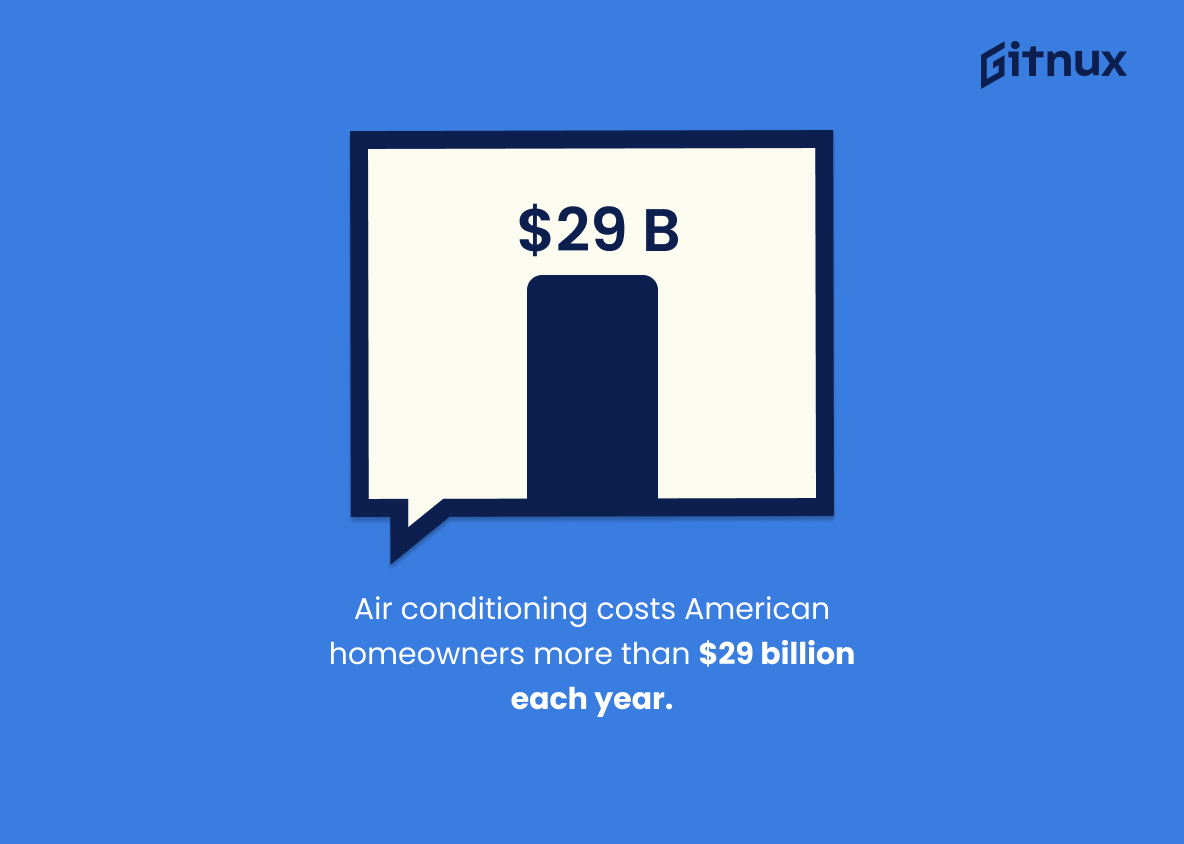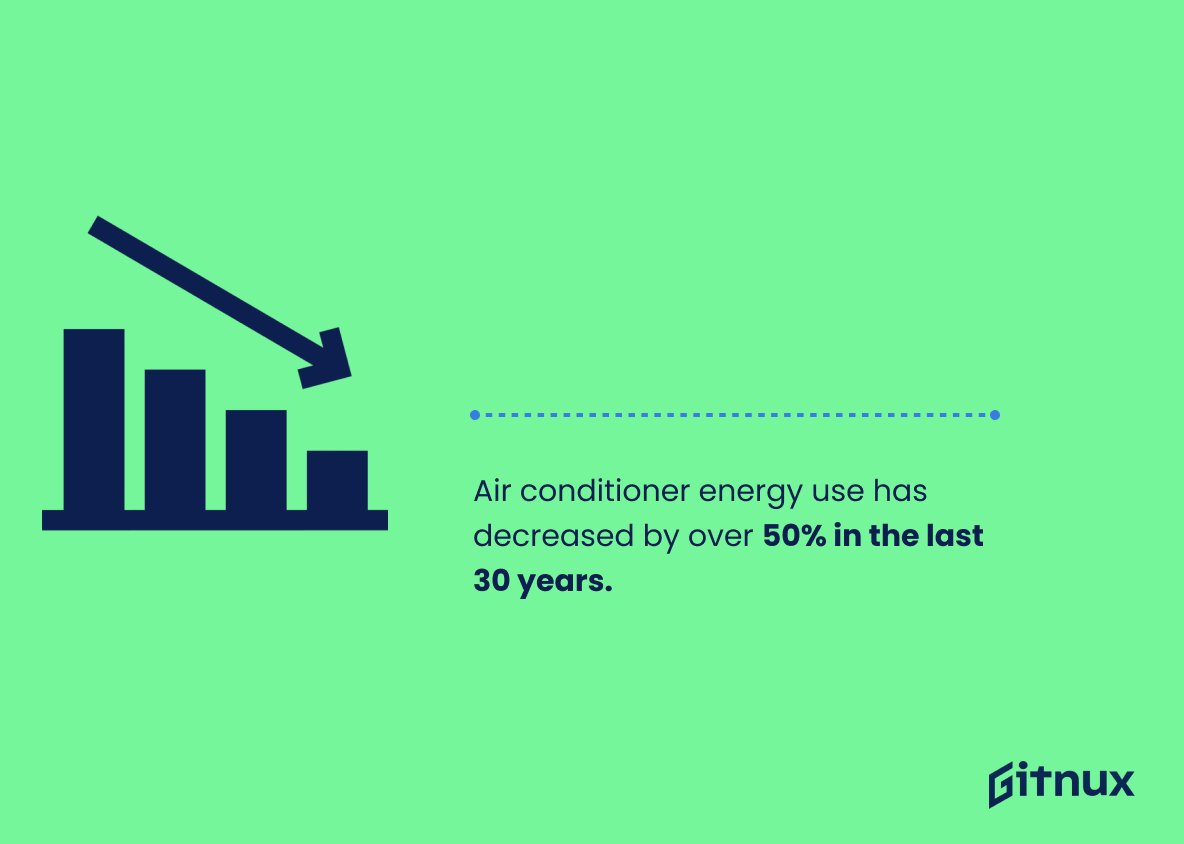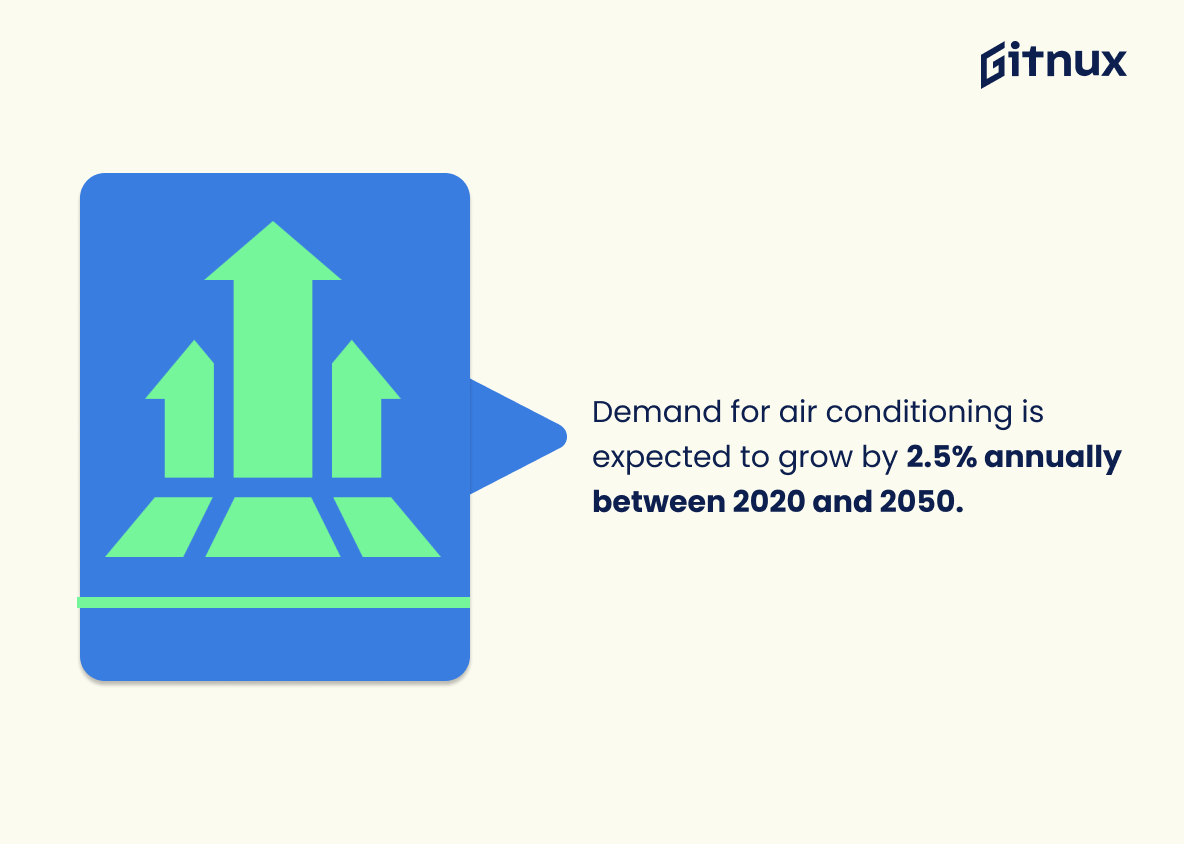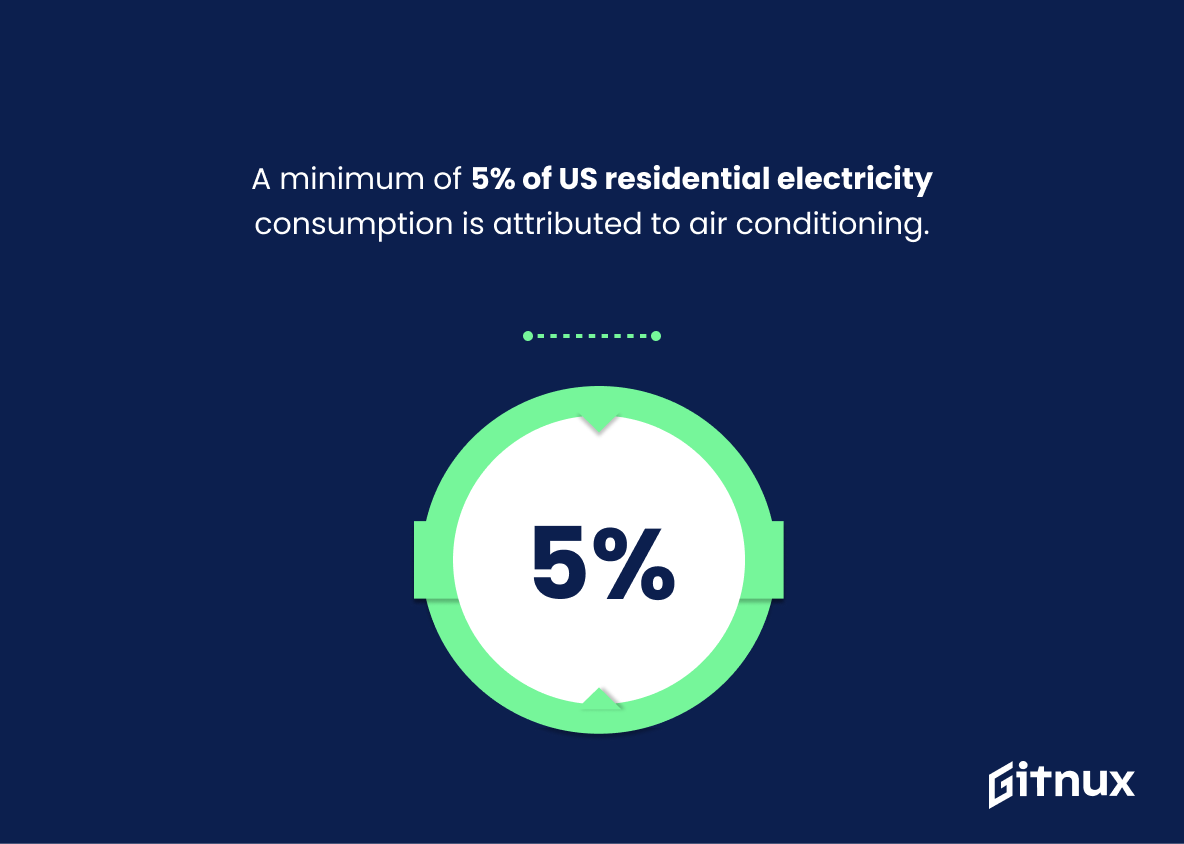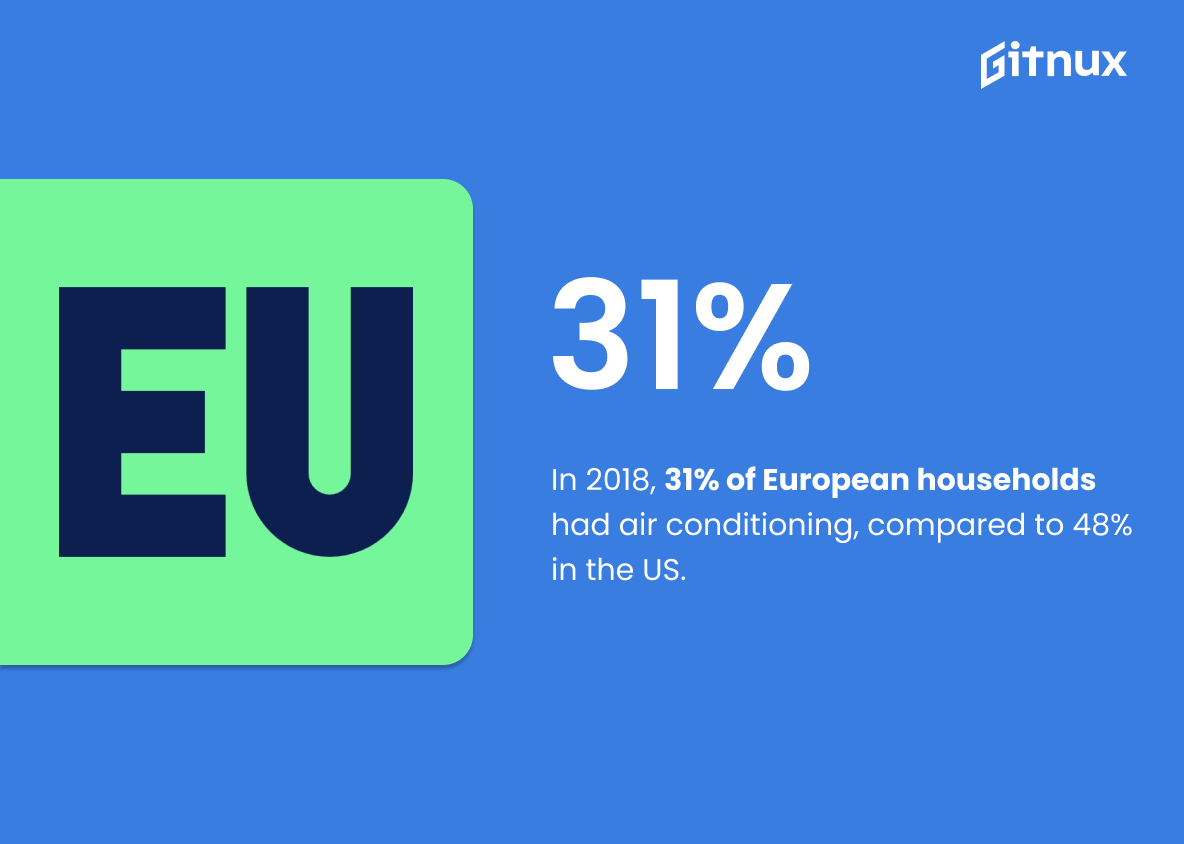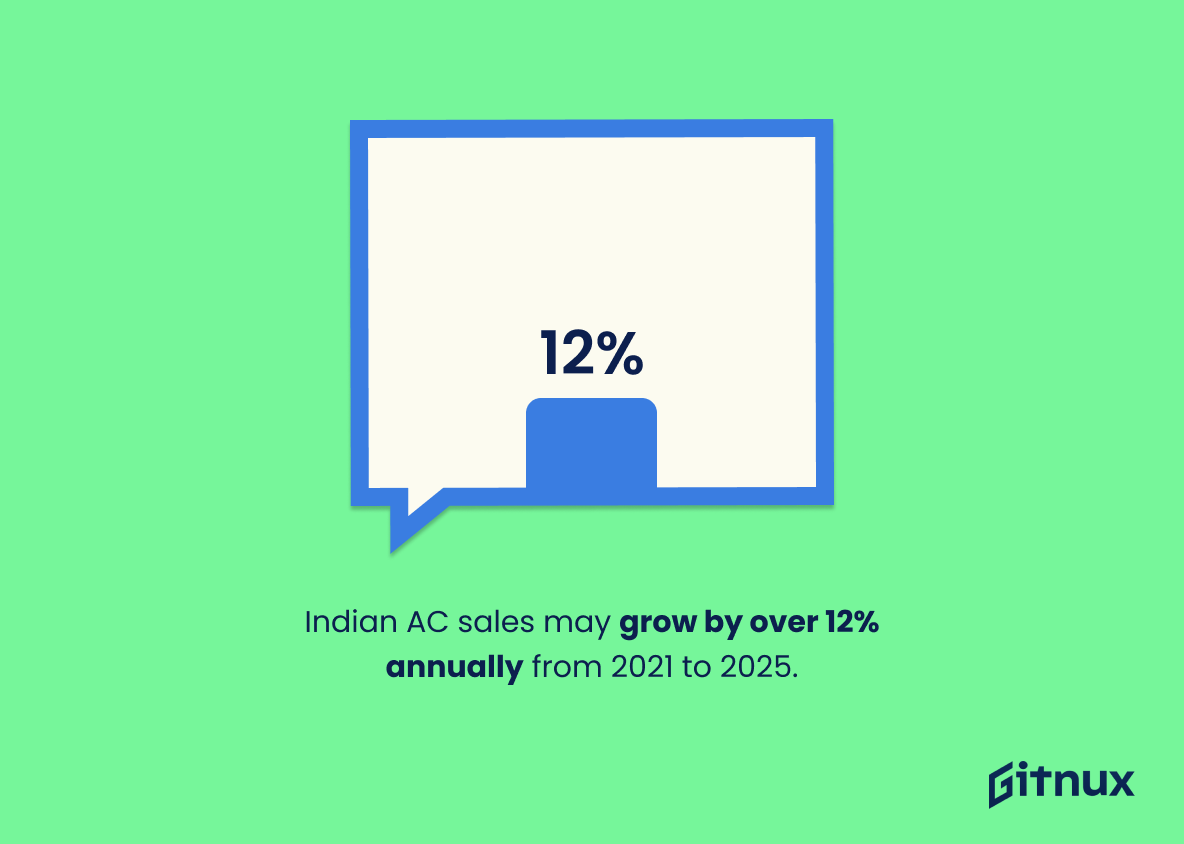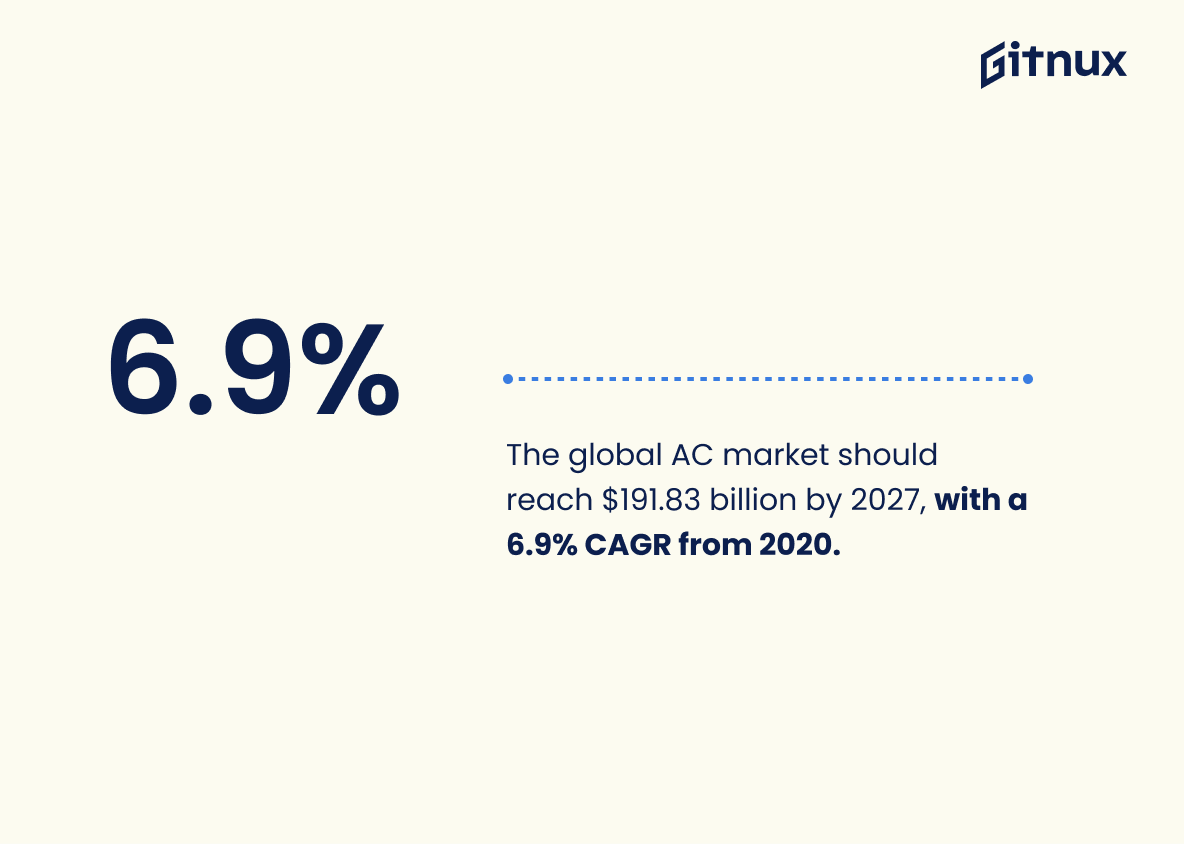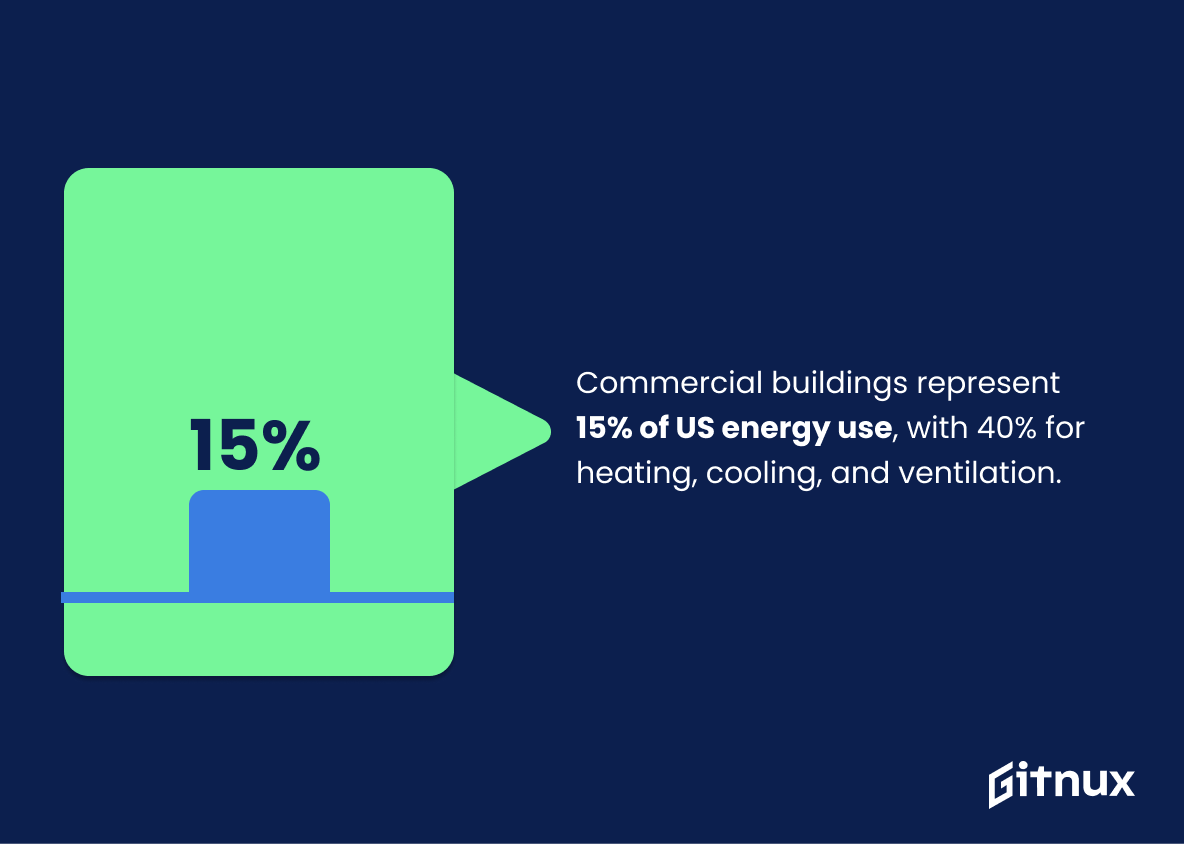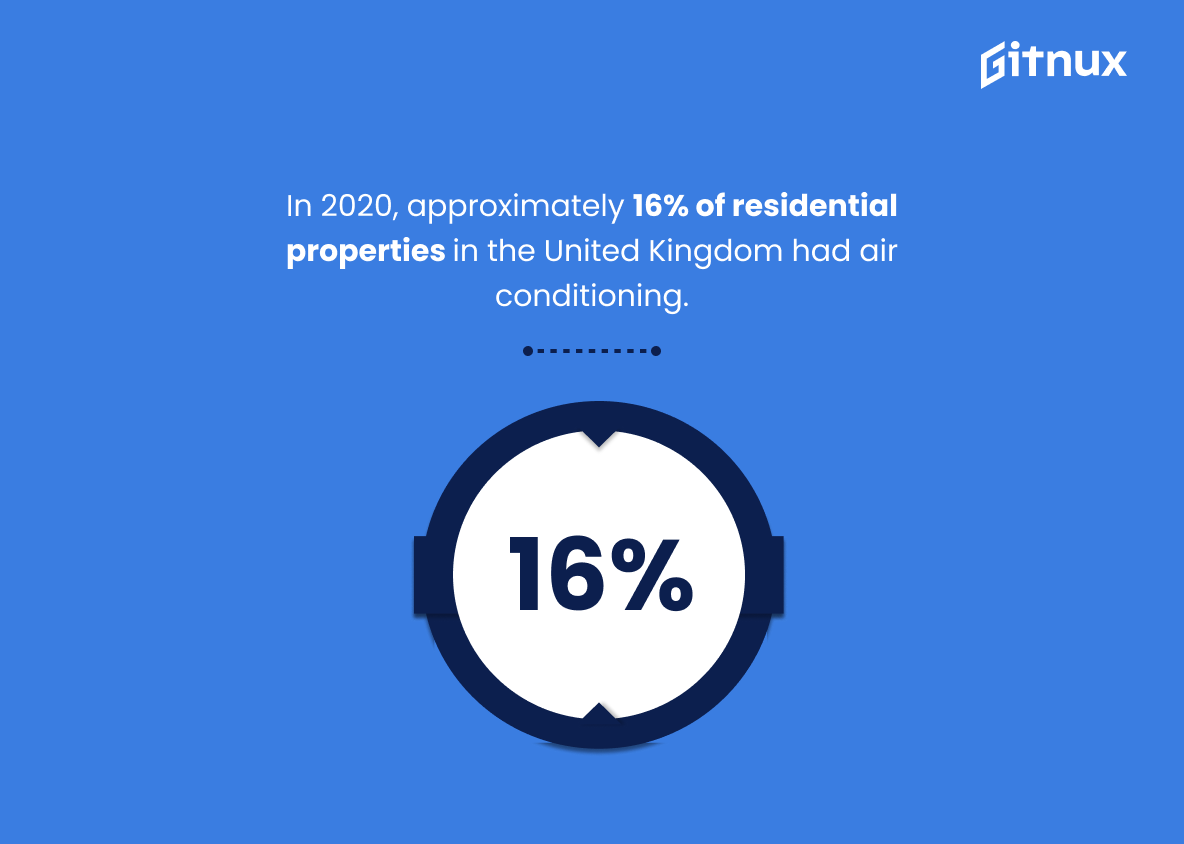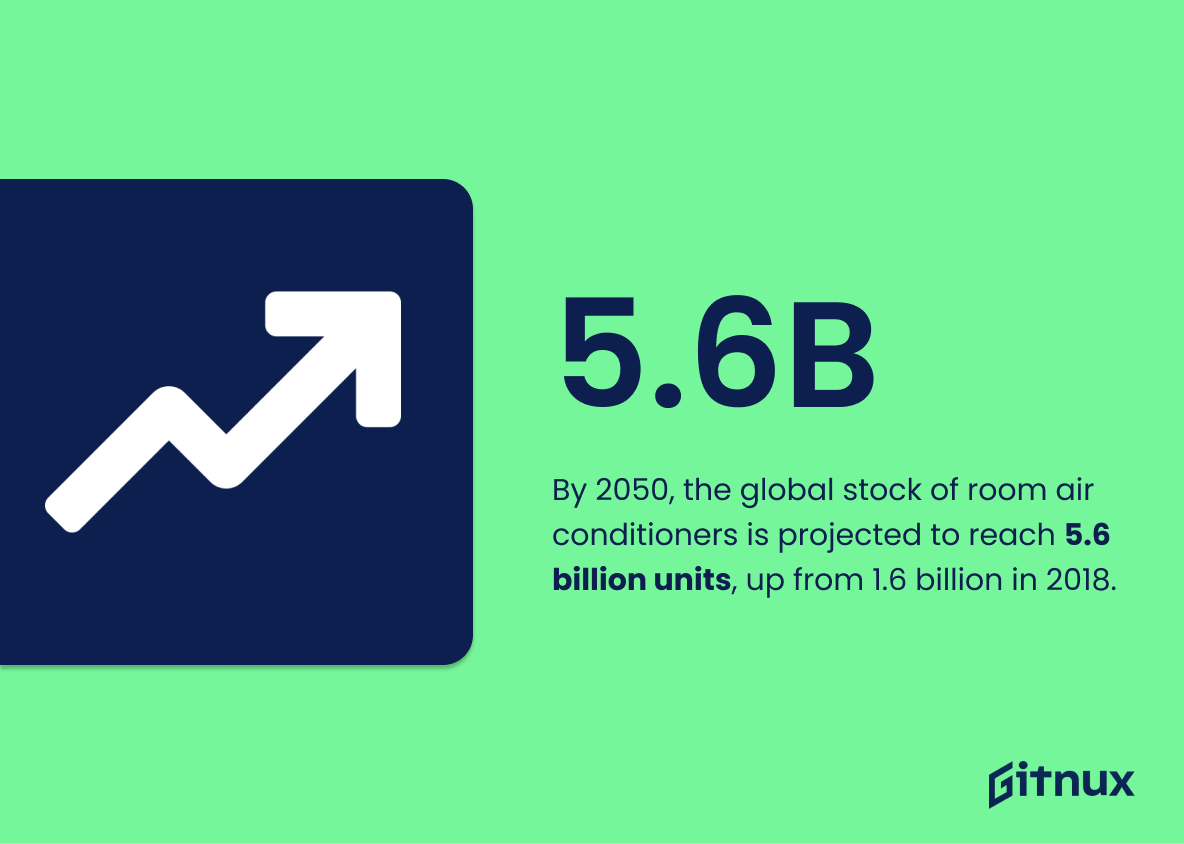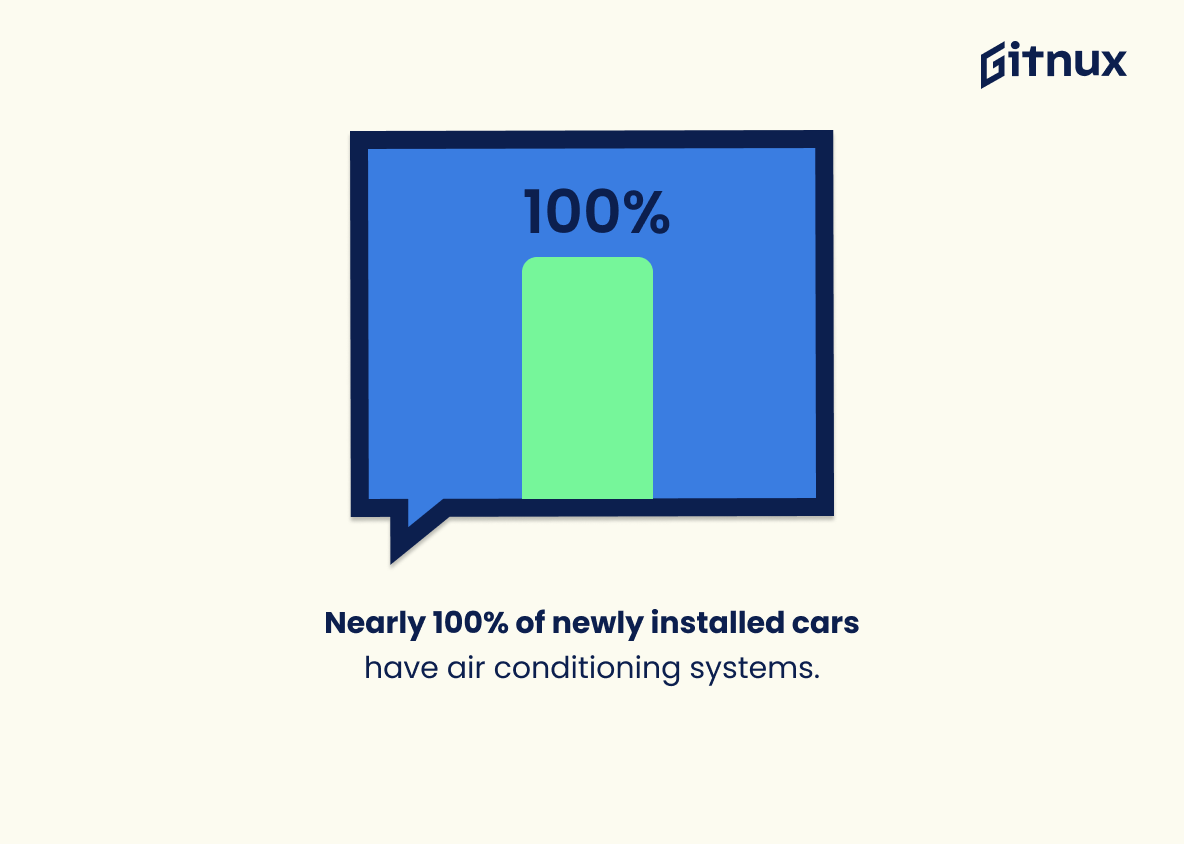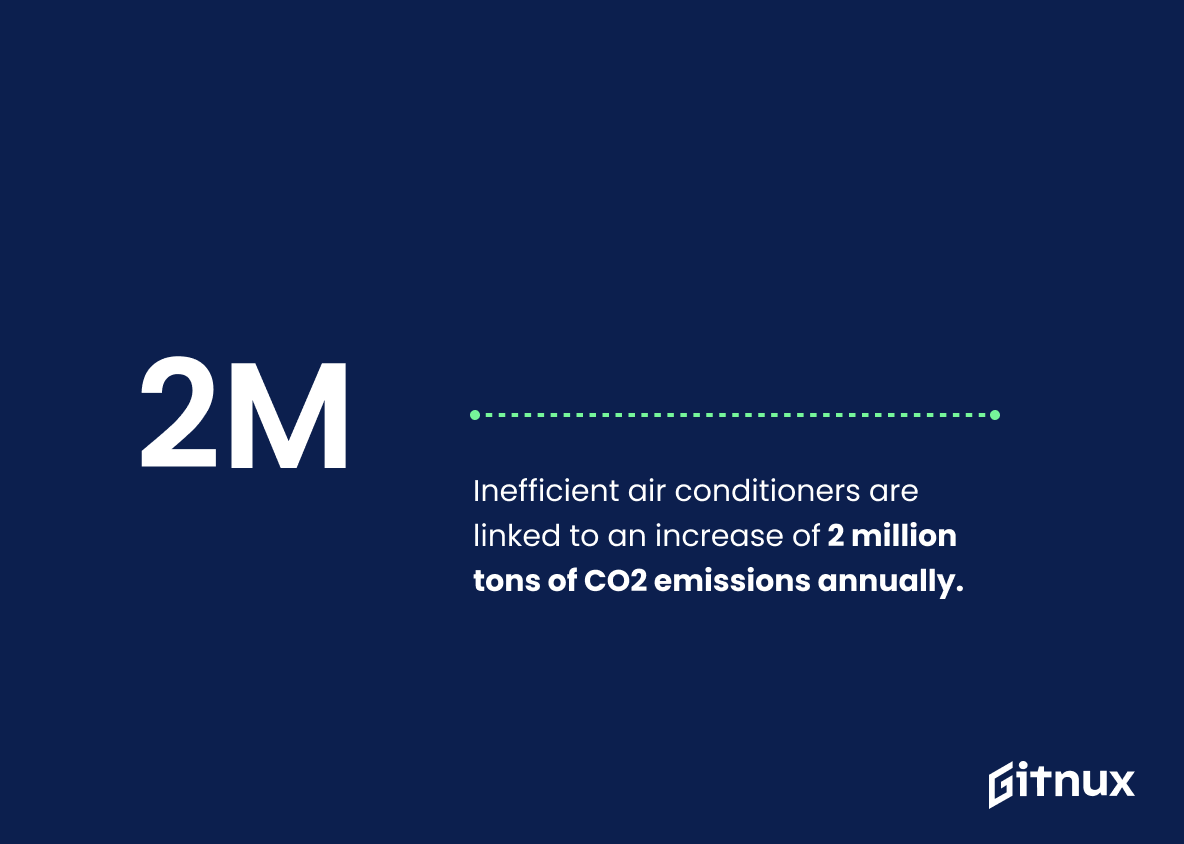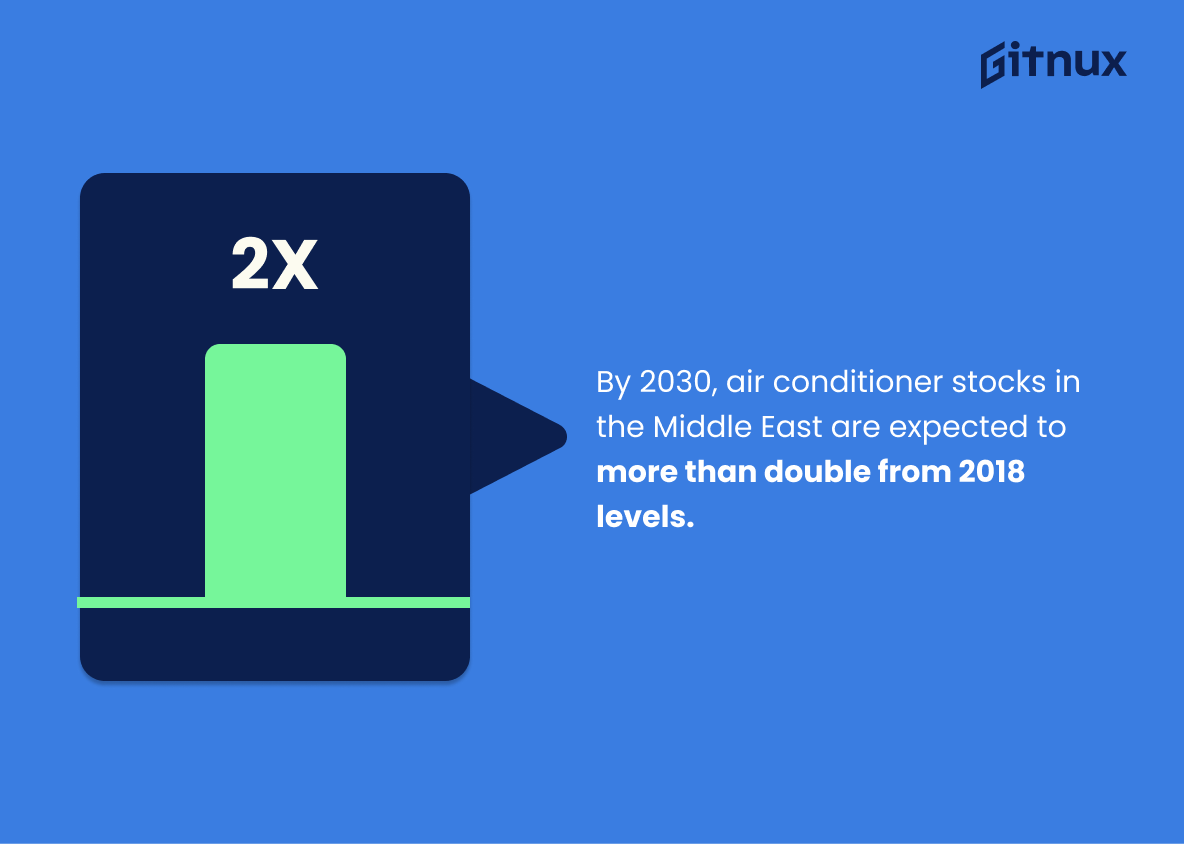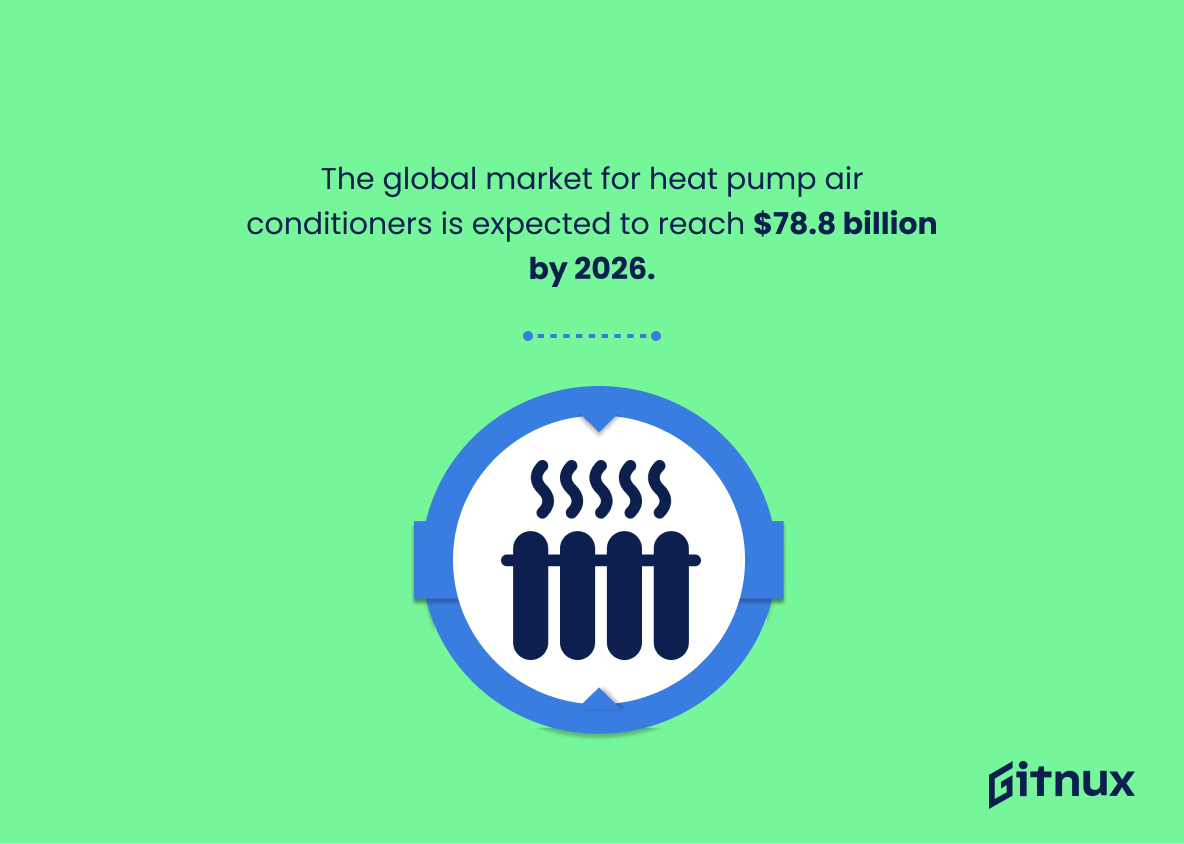As the world continues to warm, air conditioning is becoming an increasingly important part of our lives. From residential homes and commercial buildings to cars and other forms of transportation, air conditioners are being used more than ever before. This blog post will explore some interesting statistics about global energy demand for air conditioning, how much it costs American homeowners each year, its prevalence in different countries around the world, and more.
This statistic is a stark reminder of the looming energy crisis that is likely to arise due to the increasing demand for air conditioning. It highlights the need for more efficient and sustainable cooling solutions to meet the growing demand and reduce the strain on global energy resources.
The United States consumes more air conditioning than any other country, accounting for 23% of the world’s total.
This statistic is a stark reminder of the United States’ outsized role in global air conditioning consumption. It highlights the need for the US to take a leadership role in reducing air conditioning usage and emissions, both domestically and abroad.
Air Conditioning Statistics Overview
Around 90% of all new single-family homes in the US include air conditioning.
This statistic is a powerful indicator of the prevalence of air conditioning in the US. It shows that air conditioning is a near-universal feature in new single-family homes, and is likely to be a major factor in the comfort and convenience of the occupants. This statistic is an important piece of evidence in any discussion of air conditioning in the US.
Air conditioning costs American homeowners more than $29 billion each year.
This statistic is a stark reminder of the immense financial burden air conditioning places on American homeowners. It is a staggering amount of money that could be used for other purposes, such as home improvements, investments, or even vacations. It is a sobering reminder of the cost of comfort and convenience.
The average energy consumption of air conditioners has been reduced by more than 50% over the past 30 years.
This statistic is a testament to the progress that has been made in air conditioning technology over the past three decades. It shows that, despite the increasing demand for air conditioning, the energy consumption of air conditioners has been drastically reduced. This is a major achievement, as it means that air conditioning can be used more efficiently and sustainably, helping to reduce the environmental impact of air conditioning.
Demand for air conditioning is expected to grow by 2.5% annually between 2020 and 2050.
This statistic is a crucial indicator of the future of air conditioning, as it suggests that the demand for air conditioning is likely to increase over the next three decades. This means that businesses and individuals should be prepared to invest in air conditioning systems that are more efficient and cost-effective in order to meet the growing demand. Furthermore, this statistic can help inform policy makers and industry leaders on the potential impacts of climate change and how to best prepare for the future.
A minimum of 5% of US residential electricity consumption is attributed to air conditioning.
This statistic is a powerful reminder of the importance of air conditioning in the US. It highlights the fact that air conditioning is a major contributor to residential electricity consumption, and that it is a necessity for many households. This statistic is especially relevant in the context of a blog post about air conditioning statistics, as it provides a tangible example of the impact air conditioning has on energy consumption.
In 2018, 31% of European households had air conditioning, compared to 48% in the US.
This statistic is a telling indication of the stark contrast between the air conditioning access of European and US households. It highlights the disparity between the two regions, with US households having a much higher rate of air conditioning access than their European counterparts. This is an important statistic to consider when discussing air conditioning access and usage around the world.
Air conditioner sales in India are projected to grow at a compound annual growth rate (CAGR) of over 12% between 2021 and 2025.
This statistic is a testament to the increasing demand for air conditioners in India, indicating that the market is growing at a rapid rate. It is an important piece of information for anyone interested in the air conditioning industry, as it provides insight into the potential for growth and investment opportunities. Furthermore, it can be used to inform decisions about the types of air conditioners to produce and the strategies to use when marketing them. This statistic is a valuable resource for anyone looking to stay up-to-date on the latest trends in the air conditioning industry.
The global air conditioning market is expected to be worth $191.83 billion by 2027, registering a CAGR of 6.9% from 2020.
This statistic is a testament to the growing importance of air conditioning in the global market. With a projected CAGR of 6.9%, it is clear that air conditioning is becoming increasingly sought after, and the industry is expected to experience significant growth in the coming years. This statistic is a valuable insight into the future of air conditioning, and is essential for anyone looking to stay up to date on the latest trends in the industry.
Commercial buildings account for approximately 15% of total energy consumption in the US, and nearly 40% of that energy is used for space heating, cooling, and ventilation.
This statistic is a stark reminder of the immense energy consumption associated with air conditioning in commercial buildings. It highlights the need for businesses to take proactive steps to reduce their energy consumption and become more energy efficient. It also serves as a call to action for policy makers to create incentives and regulations that encourage businesses to invest in energy-saving technologies and practices.
In 2020, approximately 16% of residential properties in the United Kingdom had air conditioning.
This statistic is a telling indication of the prevalence of air conditioning in the United Kingdom. It provides a snapshot of the current state of air conditioning in the country, and can be used to compare with other countries or to track changes over time. It is an important piece of information for anyone looking to understand the current state of air conditioning in the United Kingdom.
By 2050, the global stock of room air conditioners is projected to reach 5.6 billion units, up from 1.6 billion in 2018.
This statistic is a stark reminder of the growing demand for air conditioning units, which is likely to have a significant impact on the environment. With the projected increase in the global stock of room air conditioners, the amount of energy consumed by these units is expected to rise, leading to an increase in greenhouse gas emissions. This could have serious implications for the planet, making it even more important to take steps to reduce energy consumption and emissions from air conditioning units.
Nearly 100% of newly installed cars have air conditioning systems.
This statistic is a testament to the ubiquity of air conditioning systems in modern cars. It speaks to the importance of air conditioning in the automotive industry, and how it has become a standard feature in most vehicles. This statistic is a powerful reminder of how far air conditioning technology has come, and how it has become an integral part of the driving experience.
Inefficient air conditioners are linked to an increase of 2 million tons of CO2 emissions annually.
This statistic is a stark reminder of the environmental impact of inefficient air conditioners. It highlights the need for more efficient air conditioning systems to reduce the amount of CO2 emissions released into the atmosphere each year. It is a call to action for individuals and businesses to take steps to reduce their carbon footprint and help protect the planet.
By 2030, air conditioner stocks in the Middle East are expected to more than double from 2018 levels.
This statistic is a stark reminder of the growing demand for air conditioning in the Middle East. With temperatures in the region rising, the need for air conditioning is becoming increasingly important. This statistic highlights the urgency of the situation and the need for action to ensure that the region is able to meet the growing demand for air conditioning.
The global market for heat pump air conditioners is expected to reach $78.8 billion by 2026.
This statistic is a testament to the growing demand for heat pump air conditioners, indicating that the market for this type of air conditioning is expected to expand significantly in the coming years. It is a clear indication that air conditioning is becoming increasingly important in our lives, and that the industry is likely to continue to grow in the future. This is an important point to consider when discussing air conditioning statistics, as it provides insight into the current and future trends of the industry.
The air conditioning market in South Korea reached a value of $3.7 billion in 2020.
This statistic is a testament to the immense popularity of air conditioning in South Korea. It shows that the air conditioning market in the country is thriving, and that the demand for air conditioning products is high. This is an important indicator of the country’s economic health, as well as its commitment to providing comfortable living conditions for its citizens.
Conclusion
The statistics presented in this blog post demonstrate the growing demand for air conditioning around the world. In particular, it is projected that global energy demand for air conditioning will triple by 2035 and that the United States consumes more than any other country. Additionally, nearly all new single-family homes in America include an AC unit and American homeowners spend over $29 billion each year on cooling costs.
In recent years, there has been a significant reduction of average energy consumption from air conditioners due to improved efficiency standards; however, inefficient units are still linked to increased CO2 emissions annually. The market for heat pump ACs is expected to reach almost $79 billion by 2026 while South Korea’s market value was estimated at $3.7 billion in 2020 alone.
Overall, these figures highlight how important air conditioning has become globally as well as its potential economic impact moving forward into 2050 when demand is predicted to grow 2.5% annually between 2020 and then – especially with China having 720 million installed units already today.
References
0. – https://www.iea.org
1. – https://www.grandviewresearch.com
2. – https://www.statista.com
3. – https://www.eea.europa.eu
4. – https://www.afdc.energy.gov
5. – https://www.eia.gov
6. – https://www.environmentalleader.com
7. – https://www.business-standard.com
8. – https://www.mordorintelligence.com
9. – https://www.rff.org
10. – https://www.energy.gov
